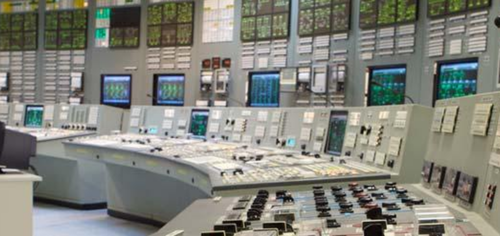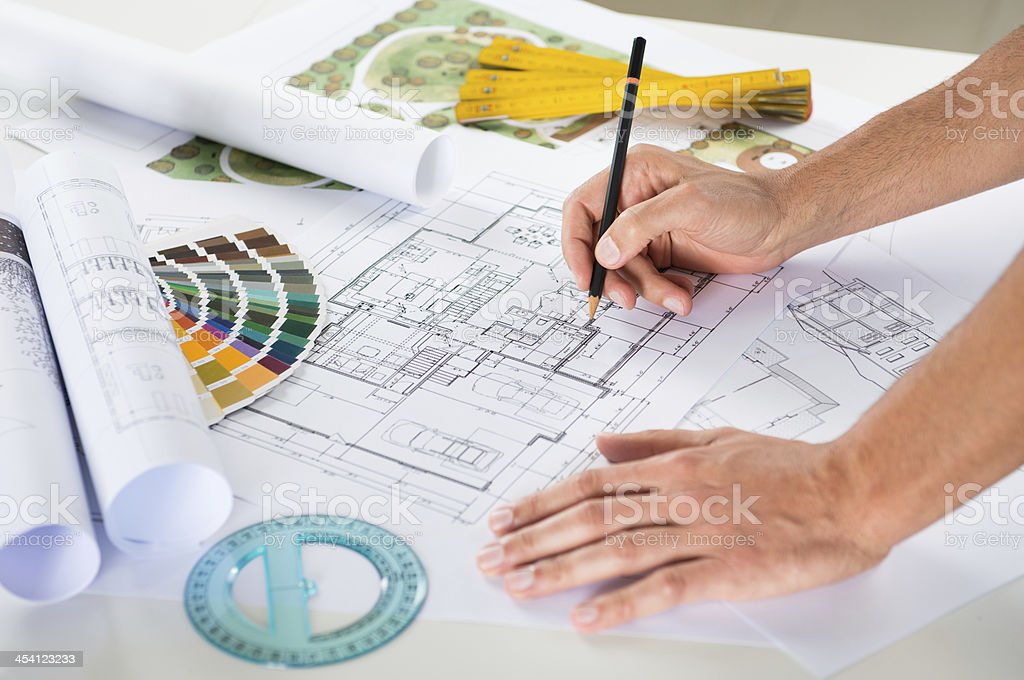
There are many possible paths for a manufacturing engineer's career. Depending on the engineering professional's education, they may be able to advance into managerial or business-oriented positions. There are opportunities to rise outside the country. Manufacturing engineers may choose to focus on one area of expertise, such as safety and energy efficiency. While this field can be challenging and rewarding, there are many opportunities to advance in your career. You can read on to learn about some of the opportunities available.
Manufacturing engineers have good job prospects and will continue to have plenty of them. Consulting for major production companies is a typical career path for manufacturing engineers. Delux Corp. is another example of such a company. The educational background and experience of a manufacturing engineering engineer will influence the exact career path. Below are some examples of the possibilities for a manufacturing engineering engineer.

A postgraduate engineering degree may be an option after you have completed your undergraduate education. This degree may prepare you for an entry level job, but not necessarily for a career at a senior level. Employers prefer graduates who have completed accredited degree programmes. However, a BEng degree may be enough. Some manufacturing engineering positions require internships in manufacturing before they can secure a permanent job. Engineering companies might advertise for these internships. They might also be part-time in a degree programme.
A manufacturing engineer's main responsibility is to improve the manufacturing processes and ensure products meet specifications. This position requires technical expertise and an understanding of product design, fabrication, assembly, and tooling. This role requires the ability to work in teams with customers and may require shift work during 24 hour operations. The engineer might eventually be promoted to a managerial role or move into another area of manufacturing. There are many benefits to working in this field.
You will need to be a manufacturing engineer to oversee processes and materials and ensure products meet specifications. Your job will require you to diagnose product problems and train staff. Equipment maintenance and fault finding are also required. In addition to this, you'll need to work shifts and be available for on-call duty. This job is one of the most rewarding careers in the manufacturing industry.

After graduation, you can apply for a MSc engineering. Many employers will offer partial support for MSc studies. However, the actual path to a manufacturing engineering engineer's career depends on the company's structure, culture, and size. Many chartered engineers gain extensive experience across a variety of manufacturing processes, from the design stage through the installation process. Experience in a range of departments is an advantage.
A manufacturing engineer's job can be as diverse as any other. Some might work at a construction site, or in an oil/gas production facility. There are also many opportunities to work overtime. Manufacturing engineers may need to travel frequently as part of their career. Manufacturing engineers usually work from 9 a.m. to 5 p.m. Although these flexible hours can require some travel, their salaries and job security are excellent.
FAQ
Do I need special qualifications to study engineering?
No. Good grades in your GCSEs or equivalent are all that is required. However, some universities do require applicants to achieve certain levels of academic achievement before they can enroll. Cambridge University, for instance, requires applicants to earn A*-C grades (in Maths, English Language or Science)
You will need to complete additional courses if you do not meet the requirements.
Additional maths/science subjects or a language course might be required. Contact your school guidance counselors to learn more about these options.
Is engineering difficult to study?
It all depends on what you mean when you say "hard". If you mean it is difficult, then you can say yes. However, if you mean boring, then you should not. Engineering is not difficult because it requires a lot physics and maths.
If you're interested in learning how to do something, then go for it! Engineering doesn't require you to be an expert.
As long as you are interested in engineering, it is fun.
You could say that engineering is easy once you know everything inside out. This is false.
The reason engineers think they are boring is because they haven’t done anything else.
They just keep doing the same old thing every day.
There are many options for solving problems. Each way has its strengths and weaknesses. Try them all and find the one that works for you.
Is engineering a rewarding career?
Engineering is a rewarding career that allows you to learn and improve your skills. The opportunity to make a difference in the lives of others is yours. There are many methods to accomplish this.
You could design products such as cars, planes, trains, computers, mobile phones, etc. Or you might develop software for use on these devices or help build them. You might also be interested in creating medical equipment and machinery. The possibilities are endless!
Engineers enjoy working alongside others to solve problems and find solutions. They are always on the lookout for new challenges and learning opportunities.
So yes, engineering is a great career choice, but it does involve hard work and dedication. Engineering is not about sitting down and watching TV all day. To get the desired results you'll have to put in a lot. But the rewards are well-worth it.
What does it mean to be a mechanical engineer?
A mechanical engineer is responsible for designing machines, tools, products, processes, and vehicles that are used by people.
Engineers in mechanical engineering use mathematics, science, and engineering principles for practical solutions to real-world problems.
A mechanical engineer may be involved in product development, production, maintenance, quality control, research, testing, or sales.
What do electricians do?
They develop power systems for people.
They are responsible to design, build, test, install, maintain, and repair all types of electrical equipment used by industry, government and residential customers.
They also plan and direct the installation of these systems, including planning and coordinating the activities of other trades such as architects, contractors, plumbers, etc.
Electricians design and install electronic devices, circuits and other components that convert electricity into usable forms.
What jobs are there for engineers?
Engineers can find employment in almost every industry, including manufacturing, transportation, energy, communications, healthcare, finance, government, education, and defense.
Engineers with specialized skills can find employment at organizations or companies that specialize in their field.
An example of this is that electrical engineers can work for telecommunications firms, medical device makers, or computer chip manufacturers.
Software developers could be employed by websites or mobile apps developers.
Programmers may work in tech companies such as Google and Microsoft.
Engineering: What does it mean?
Engineering is simply the application of scientific principles in order to create useful things. Engineers apply their scientific and mathematical knowledge to create machines, vehicles, buildings and bridges, as well as aircraft, spacecraft and robots.
Engineers might be involved with research and development as well as production, maintenance and testing. Quality control, sales, marketing and management are all possible.
An engineer has various responsibilities, including designing and building products, systems, processes, and services; managing projects; performing tests and inspections; analyzing data; creating models; writing specifications; developing standards; training employees, supervising workers, and making decisions.
Engineers can specialize in certain fields, such as mechanical, electrical, chemical, civil, architectural, computer, biomedical, manufacturing, construction, aerospace, automotive, nuclear, petroleum, mining, forestry, geology, oceanography, environmental, and more.
Some engineers are more interested in specific types of engineering than others, including aeronautics and biotechnology, computing, electronics energy, industrial, maritime, medicine, nuclear, robotics space transportation, telecommunications and water.
Statistics
- 2021 median salary:$95,300 Typical required education: Bachelor's degree in mechanical engineering Job growth outlook through 2030: 7% Mechanical engineers design, build and develop mechanical and thermal sensing devices, such as engines, tools, and machines. (snhu.edu)
- 14% of Industrial engineers design systems that combine workers, machines, and more to create a product or service to eliminate wastefulness in production processes, according to BLS efficiently. (snhu.edu)
External Links
How To
How to read engineering plans
Engineering drawings give a visual description about an object. You can find many elements within them, such as dimensions, symbols or text. Engineering drawings are a common feature since ancient times. In Egypt, 3000 BC was the first time a drawing was recorded. Engineers use them to design objects like bridges, buildings, machines, etc.
Engineers use engineering drawings when they want to explain what something looks like. It aids others in understanding what you're talking. Engineers create things using numbers and symbols to indicate measurements. This makes it easy for people who don’t know much about engineering.
There are two types of engineering drawings, 2D and 3.
2D drawings can be flat representations or three-dimensional objects. These can include sections, elevation views, plans, and axonometric projects.
3D drawings represent real-life objects with multiple angles. They are most often created with computer software. SketchUp allows you to display a model from the top of a bridge. After selecting "View", you would choose "TopView". Then rotate your view until all of it is displayed from above.
You should always look at the entire picture when looking at 2D drawings. Do not focus on one aspect. Make sure to notice important parts in the upper right corner.